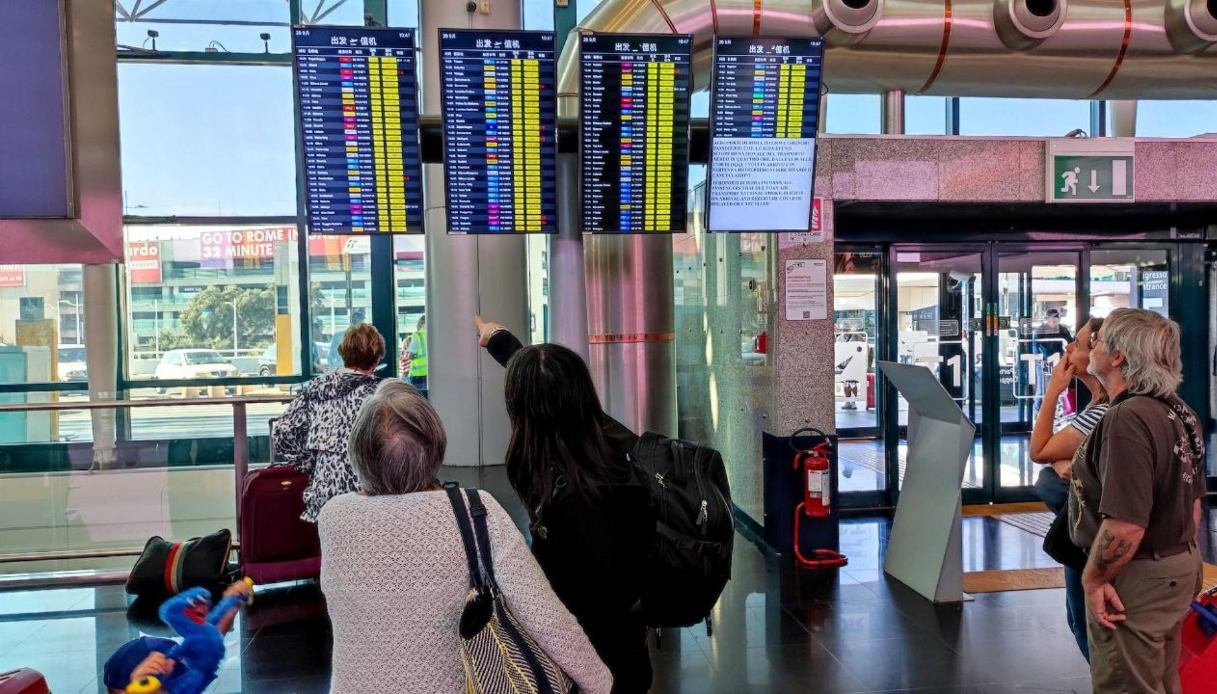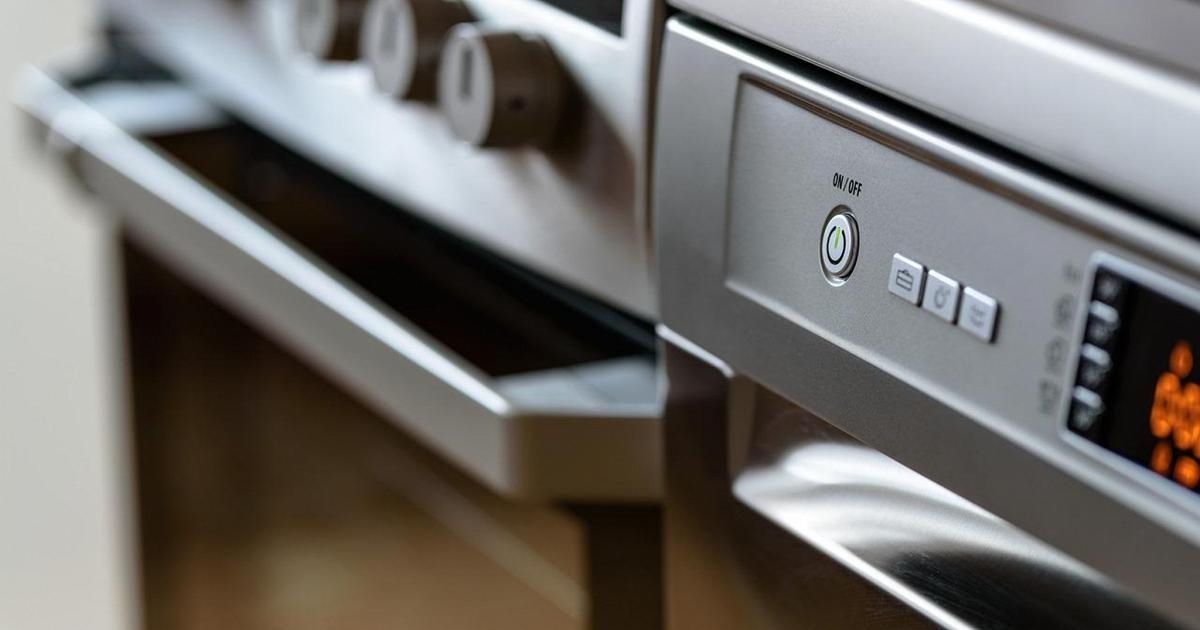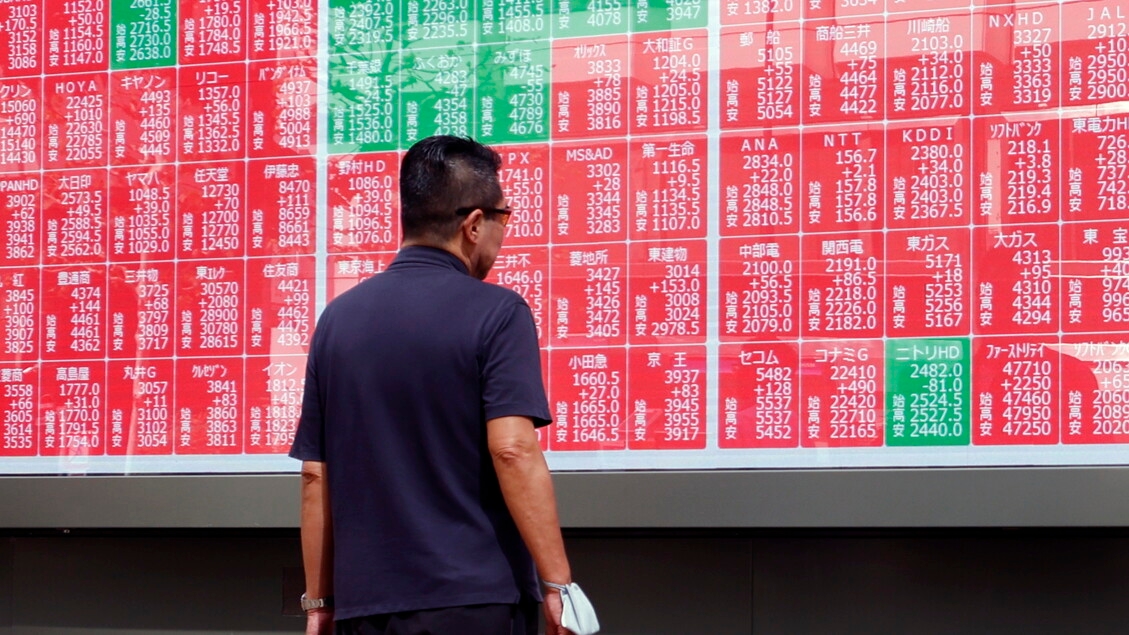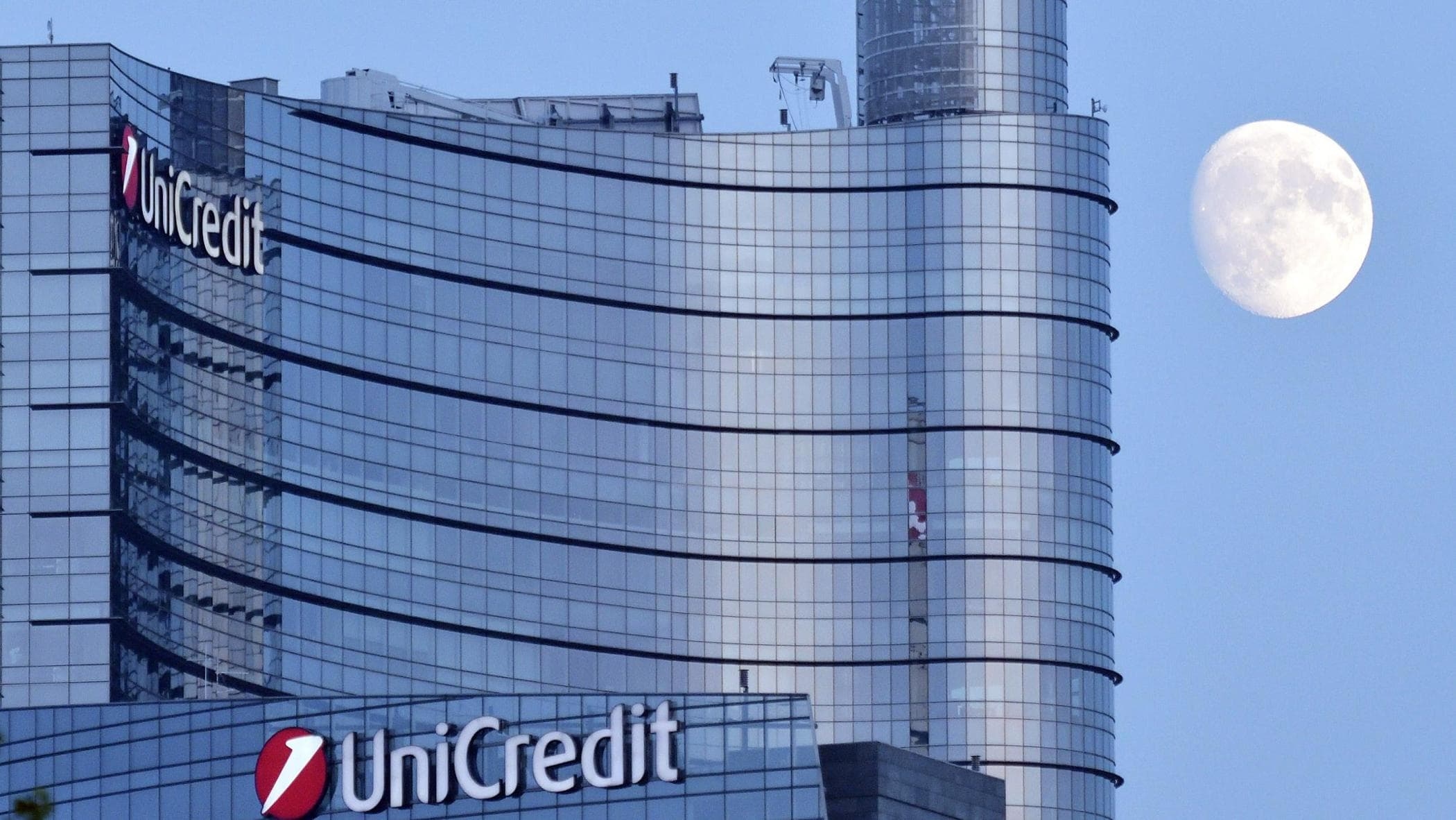Foundations' balance sheets are increasingly richer thanks to the banks' rally.

Talk about having a fortune in the bank. The top seven former banking foundations are puffing out their chests and balance sheets in the face of the skyrocketing share prices of their transferred banks, which in 2024 alone underpins over €8 billion in unrealized capital gains out of a total of €12 billion, roughly half of the €23.7 billion in net assets. But rather than "sell and regret," as the typical operator would do, the sector's leading "patient" and institutional investors are attempting to consolidate their new assets, signing a new alliance with the government to increase the stability of a key sector for the country's economic system, heavily financialized through credit intermediaries.
The final seal will be the signing of the addendum to the Acri-Mef protocol, expected on October 28th, the 101st World Savings Day, which celebrates the proverbial Italian virtue. That protocol, ironically, was imposed by the overseeing Treasury in 2015 to limit the governing power of foundations, often self-serving or tied to political networks. The ashes of the burned assets of institutions in Siena, Genoa, Ferrara, and others, blinded by banking hubris, were still hot. Therefore, the core of the protocol was the requirement to diversify investments, limiting the weight of shares in the original bank to 33% of each foundation's assets. But today, with the banks restored to health and the foundations restored to health, the blood bond becomes convenient and even valuable, in an era of autarchy and dirigisme in investments and strategic sectors in which the Ministry of Economy and Finance has become, among other things, a shareholder and arbiter of the largest acquisitions among private banks on the Milan Stock Exchange.
The addendum, which comes after months of discussions between Treasury Minister Giancarlo Giorgetti and ACRI President Giovanni Azzone, will broaden foundations' scope for action by introducing a 0.75% weighting factor on their assets, raising the current limit of 33.33% for bank holdings to 44.44% of each asset. The term of office, criticized and shortened at the time to prevent some foundation presidents from becoming local satraps, will also be extended from the current 4 plus 4 years to 6 plus 6 years, for them and for members of the governing body.
The weight of the transferee banks in the assets of the institutions
This guidance fits perfectly with the figures contained in the 2024 financial statements of major institutions, filed a few weeks ago. Affari & Finanza analyzed Compagnia di San Paolo, Cariplo, Cariparo, CRT, Carifirenze, Cariverona, and Roma, seven institutions that alone boast assets worth more than half of the €42.5 billion totaled by the 83 institutions included in ACRI. The "Big 7" are all shareholders of Unicredit or Intesa Sanpaolo, the top two credit groups that stand out in terms of generating and distributing profits in Europe (and not just in Italy, now). And thanks to the steep growth in their share prices over the past three years, the banking holdings have now exceeded the legal threshold of one third: Compagnia di San Paolo (41.9%), Carifirenze (41%), Cariplo (34.9%), and Padova (34.7%). Moreover, these are quotients relative to the prices at the end of 2024: if updated to the +62% of Unicredit and the +41% of Intesa Sanpaolo on the stock exchange since January , the ceilings appear even further broken, and for almost all; except Rome, which sold a large part of its stake in Unicredit years ago.
Yet today, no one seems willing to realize the enormous capital gains: both because the two former banks of national interest yield around 15% annually between coupons and buybacks, and it's not easy to replace such a crippled situation, and because the "foundation model" has confirmed its stabilizing effect on the system —perhaps beyond the intentions of the founders of the founding law thirty years ago. Then there's the fact that the institutions, especially Intesa Sanpaolo, maintain significant governance structures, which they will be able to leverage in the second round of the banking game, which is brewing after the gusts of 2025: just think of the idea of a third banking hub, to be launched around MPS or Banco BPM , or the shielding of the assets at Generali. Those who could have done so, like Cariverona and Fondazione di Roma, which had devalued in the past, have nevertheless exploited the stock market surge to revalue their bank stocks, giving their accounts a boost.
Looking at the sample's balance sheets and institutional activity, we note a near doubling of results in 2024: aggregate operating surpluses nearly doubled to €1.22 billion for the seven entities, compared to €754 million the previous year. However, it's noteworthy that free donations to their local areas grew only 6% over the period, to €546 million. Aside from Cariparo, which increased donations from €51 million to €86 million, the other entities remained at previous levels: €171 million for Cariplo (up from €182 million), €144 million for CSP (up from €143 million), €79 million for CRT (up from €71 million), €39 million for Florence (up from €38 million), €32 million for Rome (up from €30 million), and €26 million for Verona (up from €31 million). Verona remains the most frugal, disbursing only 1.5% of its assets, compared to 2.2% previously. On the opposite side is Cariparo, which provides 3% of its assets, while the other Foundations are around 2%.
Yet the resources are there: Verona holds 7.8 times the amount disbursed in its "disbursement stabilization fund," compared to an average of 2 to 3 times the amount disbursed , and the CSP minimum is 1.82 times. Another significant ACRI index measures the profitability of management in relation to assets: Padua (where the surplus rose from 5.3% to 7.2% of average assets at current values in 2024) and CRT (7.1%) stand out, followed by Florence (4.1%), Cariplo (3.5%), CSP (3.1%), and Verona (2.6%).
©ALL RIGHTS RESERVED
La Repubblica





